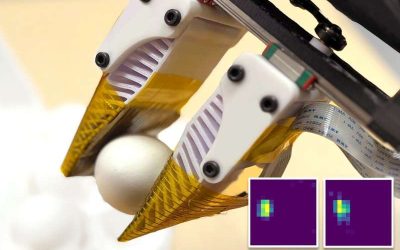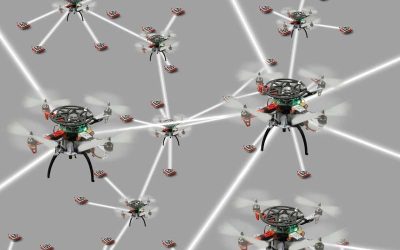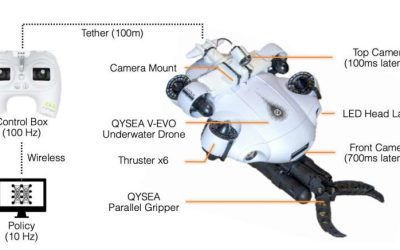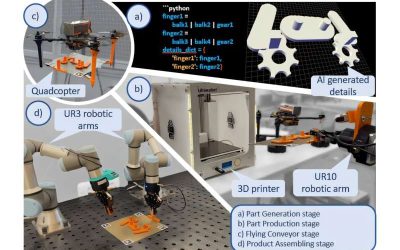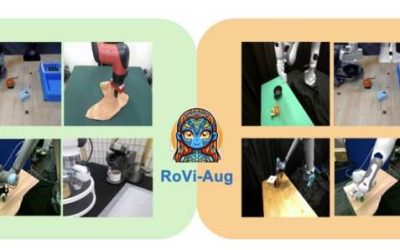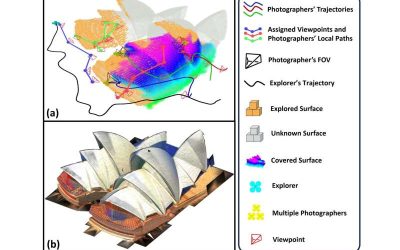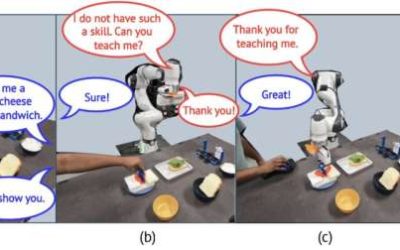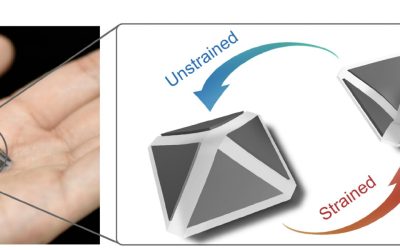To assist humans with household chores and other everyday manual tasks, robots should be able to effectively manipulate objects that vary in composition, shape and size. The manipulation skills of robots have improved significantly over the past few years, in part due...
Robotics
A nervous system-inspired framework to deploy self-organizing robot swarms
The deployment of robot teams could allow humans to complete various real-world tasks faster and more efficiently. For instance, multiple co-operating robots could help to quickly find and rescue survivors of natural disasters or monitor pollution across large...
Aquatic robot’s self-learning optimization enhances underwater object manipulation skills
In recent years, roboticists have introduced robotic systems that can complete missions in various environments, ranging from the ground to underground, aboveground and underwater settings. While several of these robots can grasp and move objects on the ground, the...
Study conceptualizes GenAI-driven Industry 6.0 with a successful swarm demonstration
Since the industrial revolution, manufacturing processes have continuously evolved in alignment with technological advances. Recent innovations, particularly in the field of robotics, 3D printing and machine learning, could soon facilitate further change, potentially...
Simplified octopus-inspired swimming robot with soft asymmetric arms can replicate swimming patterns
Researchers at the National University of Singapore have developed a new robot inspired by one of the most intelligent aquatic animals on Earth: the octopus. This robot, presented in a paper published on the arXiv pre-print server, could be used...
Low-cost touch sensor shows promise for large-scale robotics applications
The development of affordable and highly performing sensors can have crucial implications for robotics research, as it could improve perception to help boost robot manipulation and navigation. In recent years, engineers have introduced a wide range of advanced touch...
New data augmentation algorithm could facilitate the transfer of skills across robots
In recent years, roboticists have developed a wide range of systems designed to tackle various real-world tasks, ranging from completing household chores to delivering packages or finding target objects in delineated environments.
LiDAR-based system allows unmanned aerial vehicle team to rapidly reconstruct environments
Unmanned aerial vehicles (UAVs), commonly known as drones, have proved to be highly effective systems for monitoring and exploring environments. These autonomous flying robots could also be used to create detailed maps and three-dimensional (3D) visualizations of...
Computational approach could continually teach robots new skills via dialogue
Magnetically driven soft robot achieves high-speed jumping
Many animal species, ranging from insects to amphibians and fish, use jumping as a means of moving within their surrounding environment. Jumping can be very advantageous for these animals, for instance, allowing them to reach higher branches of trees, swiftly escape...

